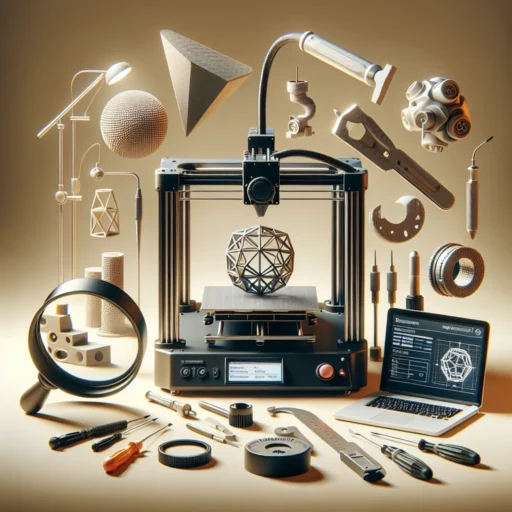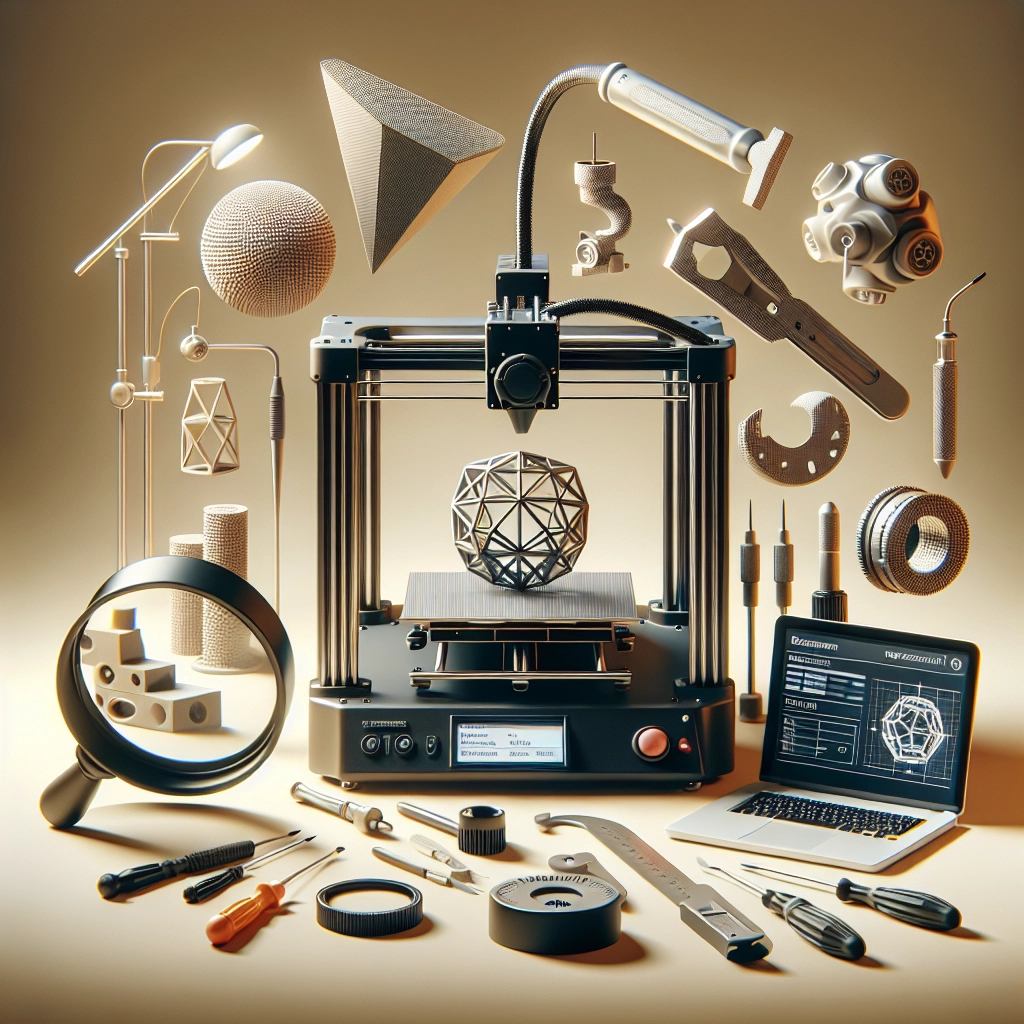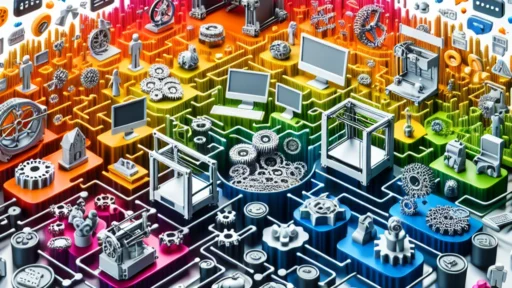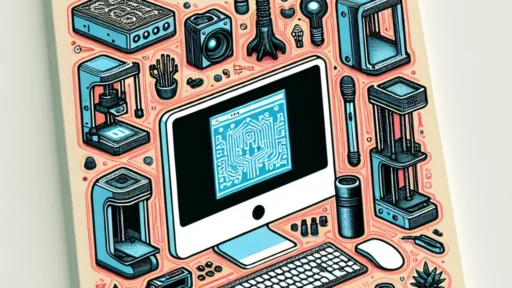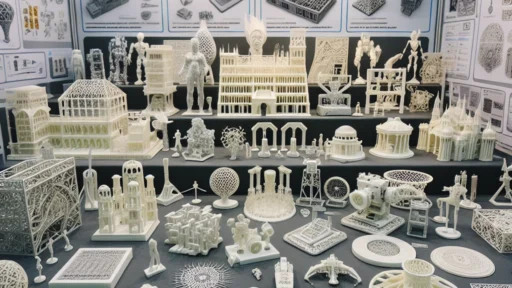Maximizing Your 3D Print Quality: Calibration Tips
3D printing has taken the maker movement by storm, allowing everyone from hobbyists to engineers to create intricate designs with just a few clicks. But, let’s be honest: achieving that flawless print can sometimes feel like trying to catch smoke with your bare hands. Luckily, getting high-quality prints isn’t just magic—it’s all about calibration! If you’re diving into the world of 3D printing or looking to up your game, here are some easy-to-follow calibration tips that will help you maximize your print quality.
Start with the Basics: Bed Leveling
Before anything else, let’s talk about bed leveling. This is your first line of defense against print failures. An uneven build plate can lead to poor adhesion, which can ruin your print even before it gets started. Use a piece of paper to gauge the distance between the nozzle and the bed—sliding the paper should create a little resistance but not feel overly tight. Many printers come with auto-bed leveling features, but if you’re calibrating manually, this is your golden starting point.
Temperature Troubleshooting
Every filament has its sweet spot when it comes to temperature, and finding those sweet spots can greatly enhance your print quality. Most 3D printer setups allow you to adjust the nozzle temperature, so make sure to set it according to the filament type you’re using. For instance, PLA prints best between 190-220°C, while ABS might require temperatures around 210-250°C. It’s a good idea to run a few test prints at various temperatures to see where your specific filament performs best. A warm filament melts evenly and adheres better to previous layers, giving you smoother finishes and reduced warping.
Speed Isn’t Everything
When you’re eager to see your design come to life, speeding through the printing process might seem tempting. Yet, printing at high speeds can lead to poor layer adhesion and even missed steps, creating a less-than-ideal result. Depending on your printer and filament, a good rule of thumb is to start with a print speed of around 50 mm/s and adjust from there based on your results. Slower speeds can yield significantly improved layers, especially for intricate designs.
Layer Height and Slicing Settings
Choosing the right layer height can significantly impact your print quality. A lower layer height (like 0.1mm) will provide fine detail, while larger heights (like 0.3mm) will print faster but might lose that detail. It really depends on your project. If your goal is intricate designs—think of miniatures or complex models—go for that lower height. On the flip side, if you’re churning out larger, less detail-oriented items, larger layer heights can save you time.
Make sure to experiment with your slicing software’s settings, too. Features like infill density, wall thickness, and support structures can dramatically influence the outcome of your prints. Don’t be afraid to tweak settings to align with your desired result.
Keep Your Nozzle Clean
A clogged or dirty nozzle can lead to unreliable filament flow, which creates extruder jams and uneven prints. Regular maintenance is key! Before you start a new print, check the nozzle for residue, especially if you’ve switched filament types. A simple cleaning can be done with a brass brush or a specialized nozzle cleaning kit. If you find significant clogs that don’t clear up easily, it might be time for a thorough soak or a new nozzle altogether.
Fine-Tune Retraction Settings
Retraction settings can be the unsung heroes of print quality. If you notice stringing or oozing between prints, it might be time to adjust your retraction distance and speed. Generally, a distance of 1-5 mm works well for most filaments, but might require some experimentation. Increasing retraction speed can also help prevent excess filament from leaking out during travel moves. Play around and see what works best for your specific machine and filament.
Test, Adjust, and Repeat
Finally, printing test models is a brilliant way to gauge your calibration efforts. Instead of burning through your favorite filament on a large print, create smaller test objects—like calibration cubes or temperature towers—to evaluate how different settings affect your results. This trial-and-error approach can save you heaps of time (and material!).
At the end of the day, great 3D printing comes down to patience, practice, and a willingness to learn. Calibration isn’t a one-and-done deal; it requires consistency and fine-tuning along the way. By investing that time into getting your settings just right, you’re setting yourself up for prints that not only look amazing but also function perfectly. So gather those tools, find that sweet spot, and let your creativity flow onto the print bed! Happy printing!


